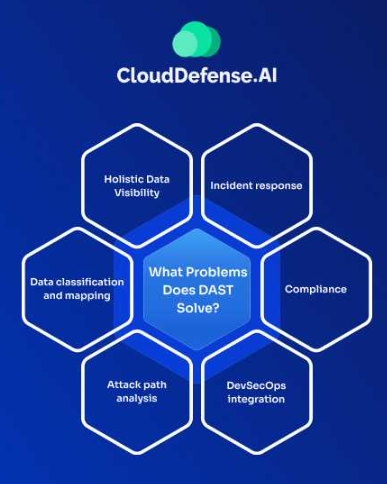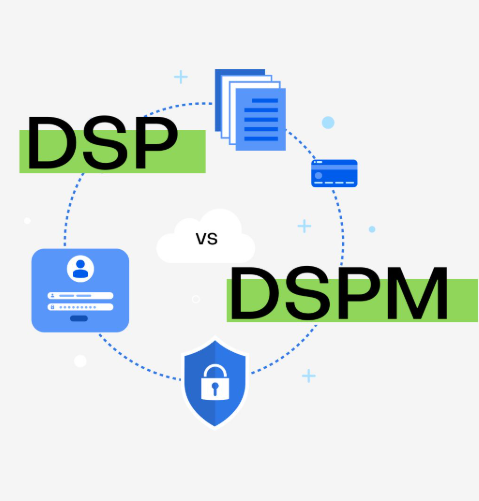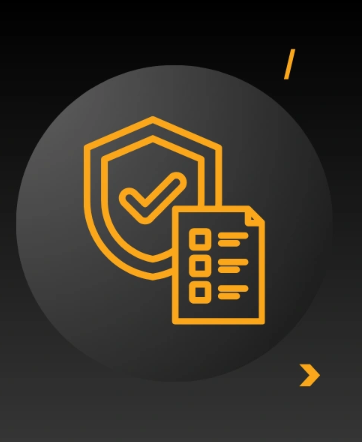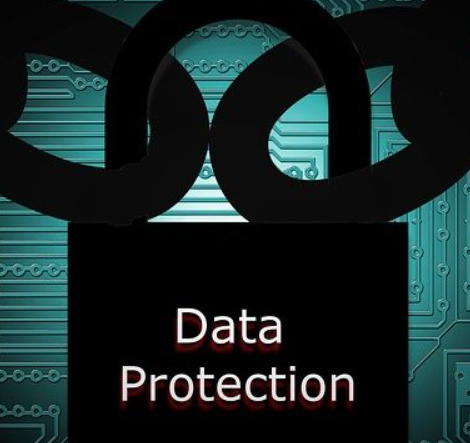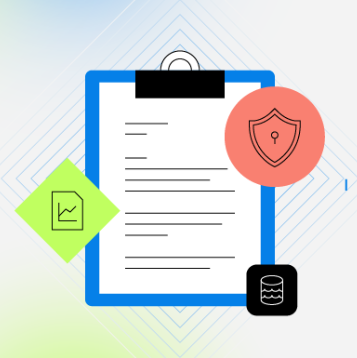
Zero Trust Security is rapidly becoming the standard in cybersecurity, as organizations move away from the traditional “trust but verify” approach to a more secure “never trust, always verify” model. This shift assumes that threats can already exist within the network, and thus no user or device should be granted automatic trust. Instead, every individual and device must consistently prove their identity and meet strict security criteria before being allowed access. This method enhances protection against cyberattacks and data breaches, making Zero Trust an essential part of modern cybersecurity practices.
What Exactly Is Zero Trust Security?
Zero Trust Security is a proactive cybersecurity framework built on the principle of “never trust, always verify.” Unlike conventional models that often assume internal network traffic is safe, Zero Trust treats all network traffic as suspicious. Every user and device must undergo strict identity verification to gain access to resources, regardless of whether they are inside or outside the network perimeter. This significantly reduces the risk of unauthorized access and minimizes potential attack surfaces, making it a vital element in protecting organizational data.
Key Elements of a Zero Trust Security Framework
To successfully implement Zero Trust Security, organizations must put several crucial components in place:
- Identity Verification: Strong authentication methods like multi-factor authentication (MFA) and biometric checks are used to verify that users and devices are who they claim to be.
- Device Verification: It’s essential to confirm that devices meet security standards, such as having up-to-date operating systems and active antivirus software.
- Network Segmentation: Dividing the network into smaller, isolated segments ensures that each area has tailored security controls.
- Access Control Policies: These policies determine who can access what resources based on factors like identity, role, and device type.
- Continuous Monitoring: Ongoing surveillance of user and device activity helps detect any unusual behavior or security threats in real-time.
Core Principles of Zero Trust Security
Zero Trust Security is built on three foundational principles that enhance data protection and prevent unauthorized access:
- No Implicit Trust: All users and devices are considered untrusted until they are verified and authorized.
- Continuous Verification: Users and devices must continuously prove their identity to maintain access.
- Least Privilege Access: Access is restricted to the minimum necessary level, reducing the potential impact of a security breach.
These principles work together to create a highly secure environment by limiting the opportunities for threats to penetrate the network. By treating every user and device as untrusted and constantly verifying their access rights, organizations can improve their ability to protect sensitive data and systems.
Steps to Implement Zero Trust Security
Adopting Zero Trust Security requires a series of strategic actions to ensure comprehensive protection:
- Asset Inventory: Begin by identifying and understanding all network assets—data, devices, users, and workflows.
- Enforce Strong Authentication: Implement mechanisms like multi-factor authentication (MFA) to ensure only authorized individuals and devices gain network access.
- Apply Least Privilege: Assign minimal access permissions to users and devices, ensuring they only have access to what they need to perform their tasks.
- Micro-Segmentation: Segment the network into secure zones to prevent lateral movement in the event of a breach.
- Ongoing Monitoring and Adjustments: Regularly monitor network activity and adjust policies as necessary to address evolving threats.
These steps demand continuous monitoring, evaluation, and refinement to keep security measures effective as new risks emerge.
Challenges in Adopting Zero Trust
While Zero Trust is critical for modern cybersecurity, its implementation can be challenging. Technical obstacles, such as integrating legacy systems, and organizational resistance to change are common hurdles. To overcome these challenges, organizations must plan strategically and foster a culture of adaptability.
A phased approach to implementation can ease the transition, allowing for gradual adjustments. Moreover, training and educating employees about the importance of Zero Trust Security is essential for ensuring smooth adoption. By maintaining open communication and using the right technology, organizations can navigate these challenges successfully and secure their digital environments.
The Congruity360 Advantage
Congruity360 offers a comprehensive, tailored solution that not only aligns with the core principles of Zero Trust but also addresses the specific challenges organizations face during implementation. With cutting-edge technology, including advanced identity verification, dynamic micro-segmentation, and AI-powered anomaly detection, Congruity360 provides a scalable and agile security framework. By partnering with Congruity360, organizations can ensure their cybersecurity defenses remain resilient against evolving threats.







